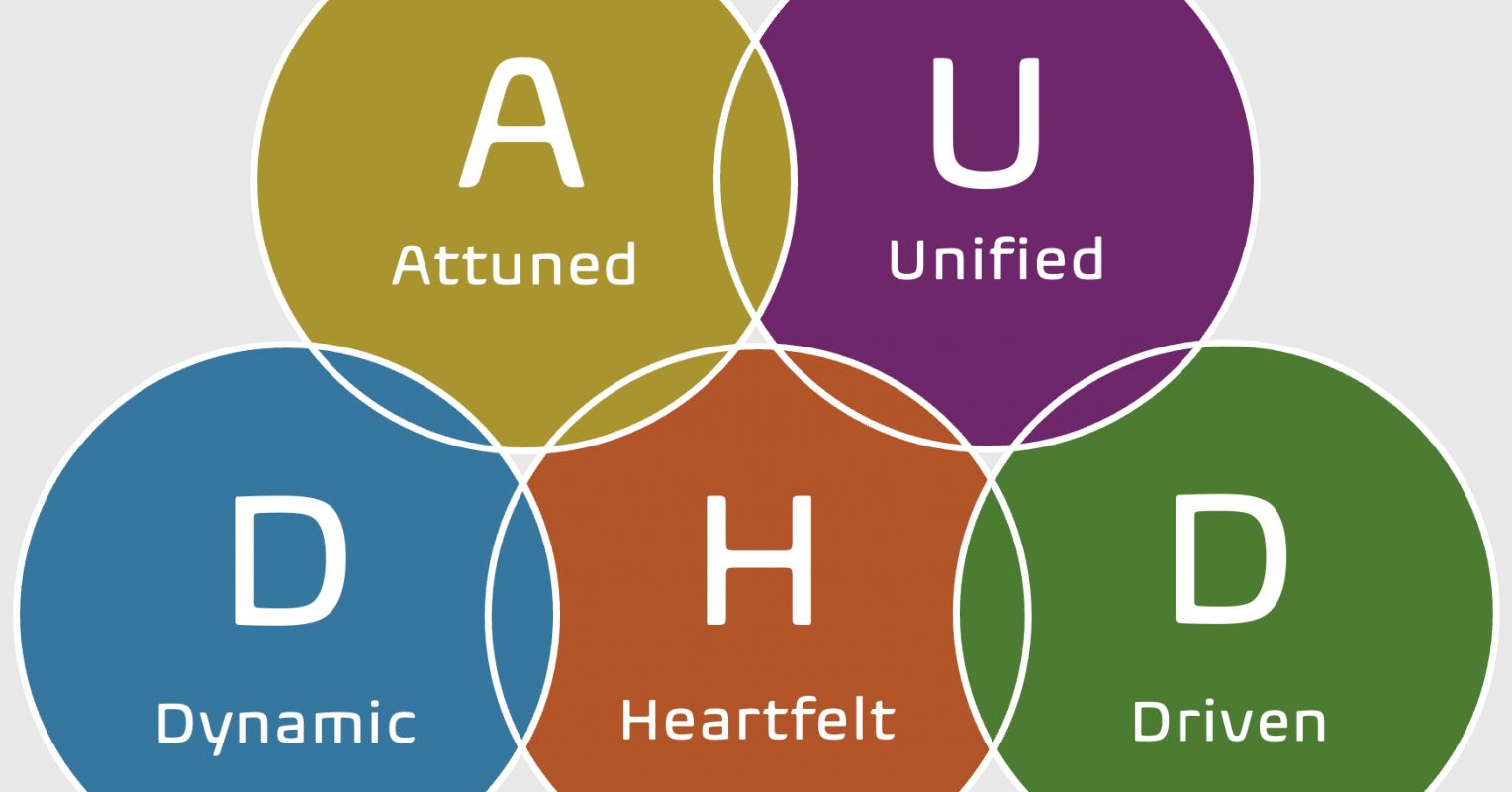
"The term AuDHD is not a formal clinical diagnosis but a descriptive concept increasingly used within research, clinical practice, and the neurodivergent community (Antshel & Russo, 2019; Craig et al., 2016). While this post does not minimise the genuine and significant challenges linked to both autism and ADHD, it shares the same goal as my previous work-to highlight the strengths, abilities, and potential that can develop when these neurotypes are understood through a person-centred and appreciative perspective."
"Autism and ADHD are separate but overlapping neurodevelopmental conditions that influence how individuals perceive and respond to their environment. Both are linked to variations in executive functioning, emotional regulation, and sensory processing (Berenguer et al., 2018). People with AuDHD often describe their minds as active and multidimensional-able to focus intensely and generate ideas quickly, but also sensitive to stimulation and inconsistency."
AuDHD names the coexistence of autism and ADHD as a descriptive, non-formal diagnostic concept used across research, clinical practice, and neurodivergent communities. Autism and ADHD present separate but overlapping neurodevelopmental differences affecting perception, executive functioning, emotional regulation, and sensory processing. Individuals with AuDHD commonly report active, multidimensional minds capable of intense focus and rapid idea generation, alongside heightened sensory sensitivity and inconsistency. ADHD-related impulsivity and shifting attention can combine with autism-related needs for order and predictability, producing a balance of creative exploration and focused concentration. Recognising psychological and behavioural strengths improves well-being and quality of life for neurodivergent people.
Read at Psychology Today
Unable to calculate read time
Collection
[
|
...
]